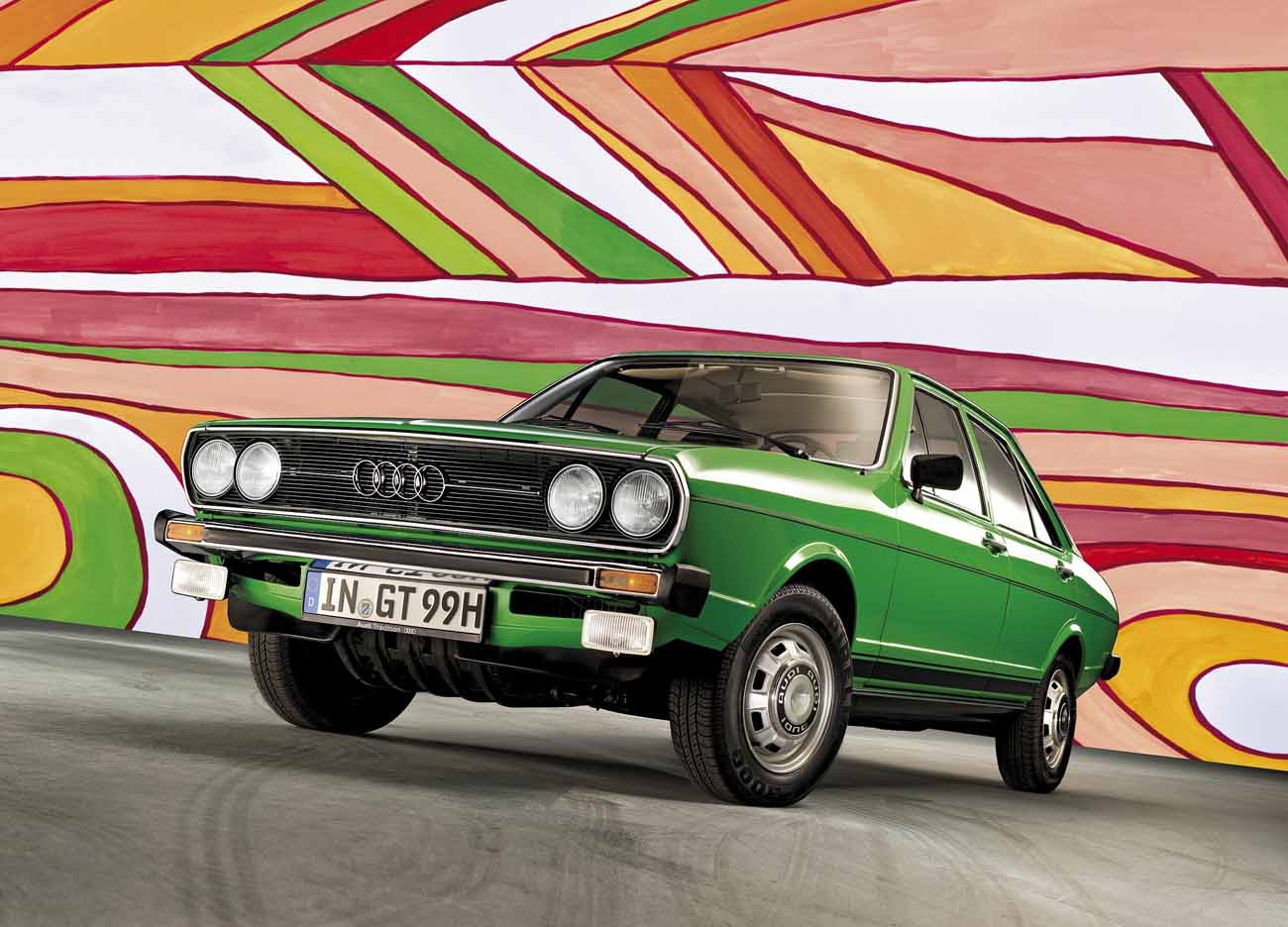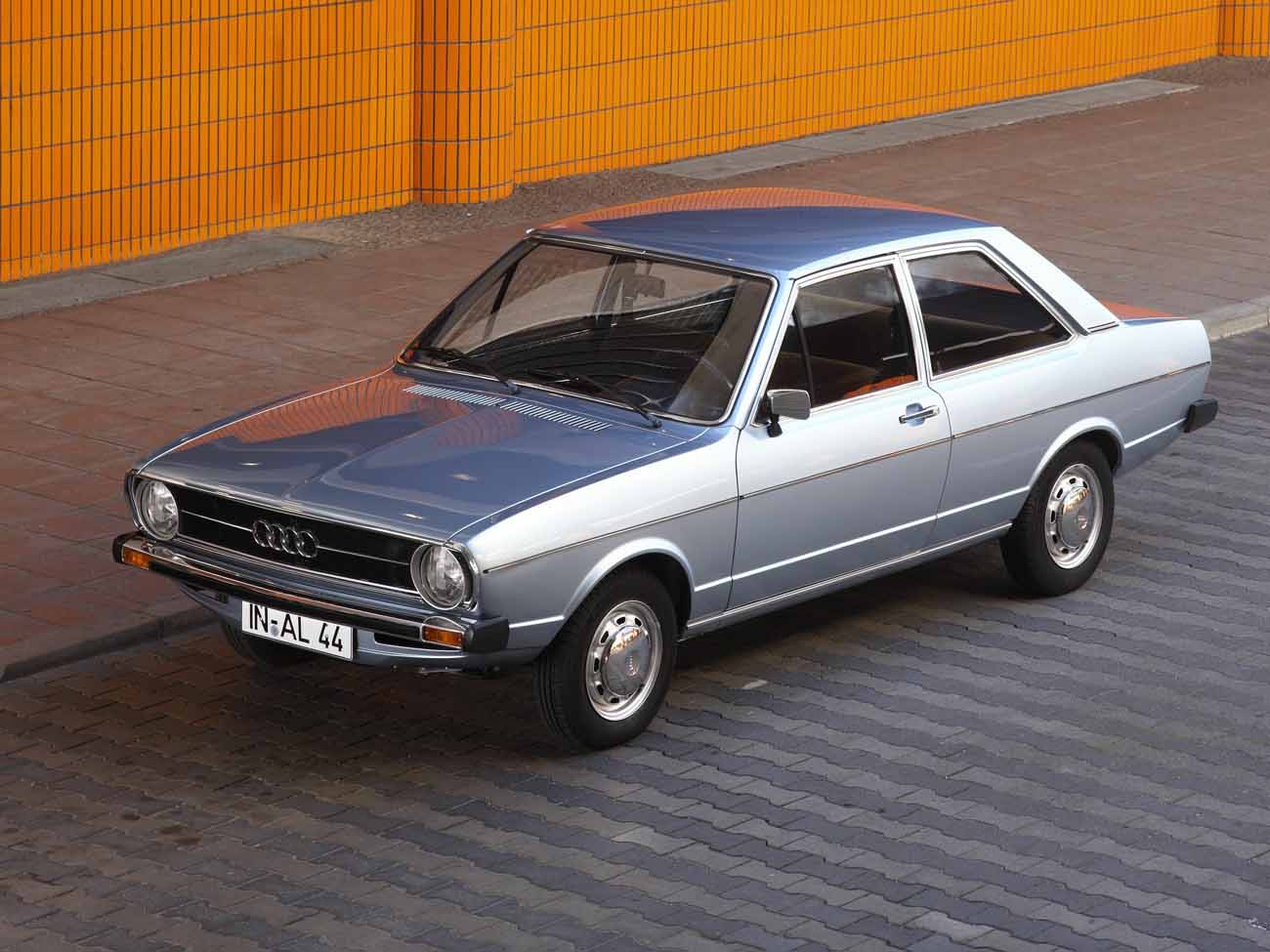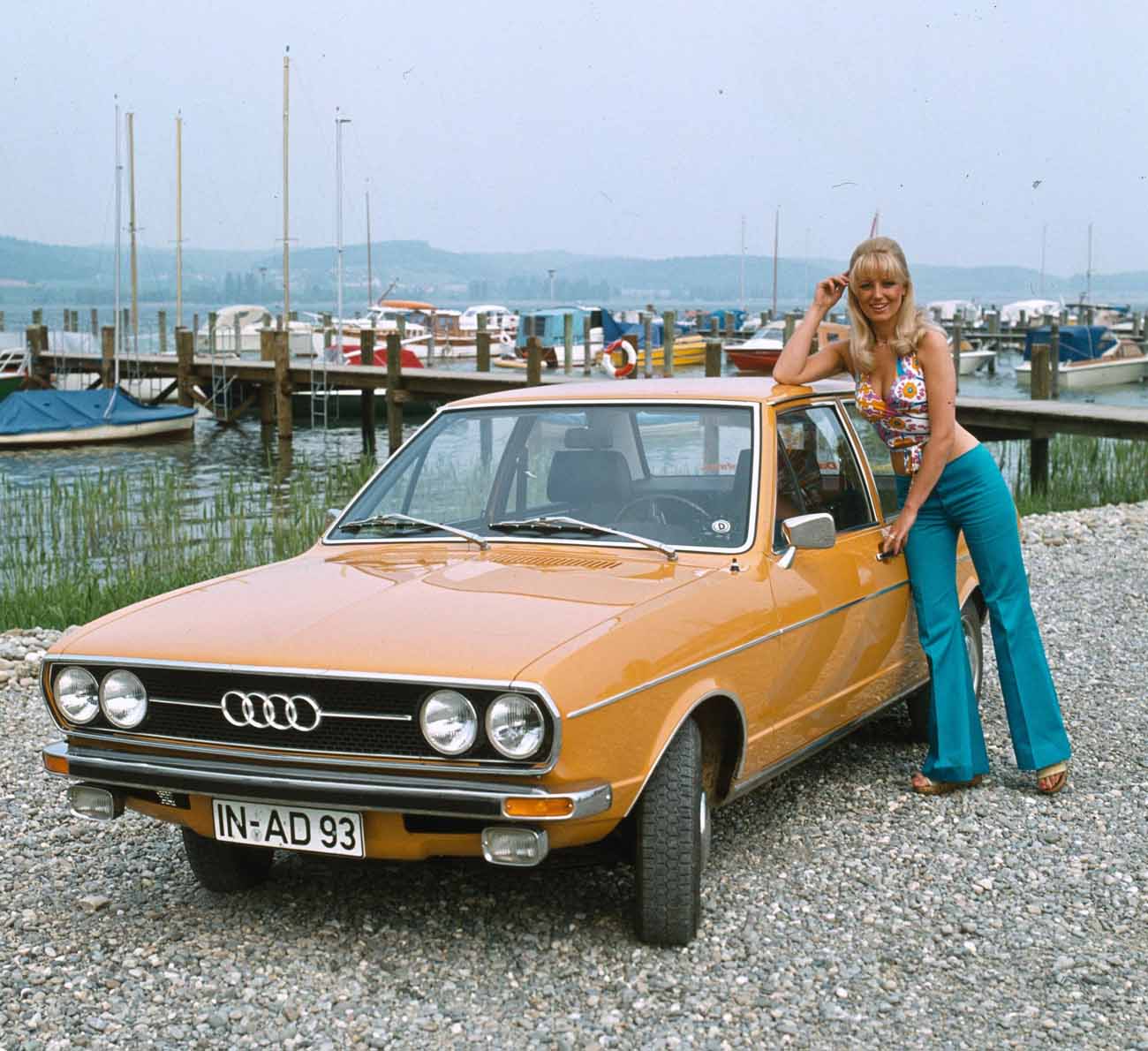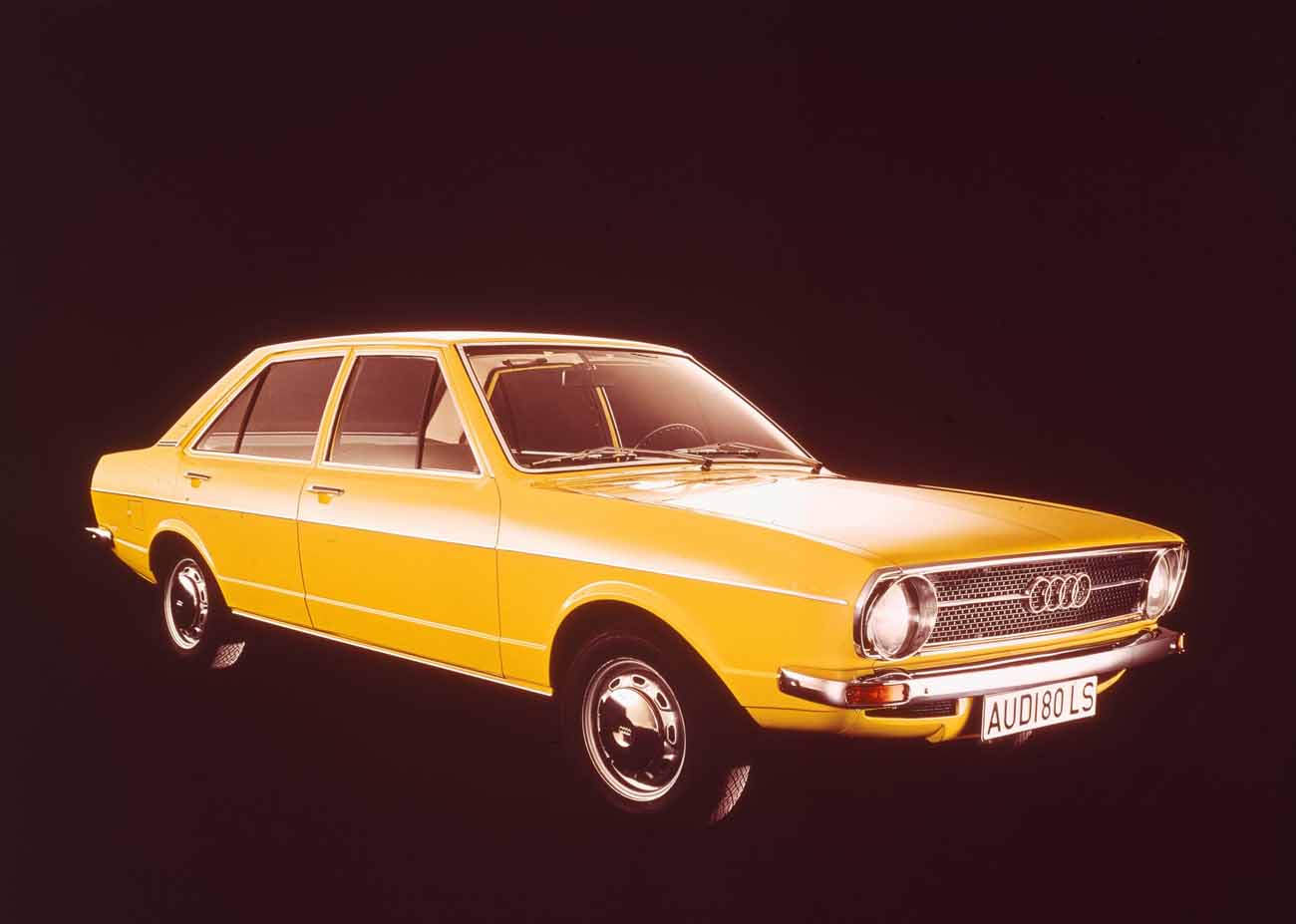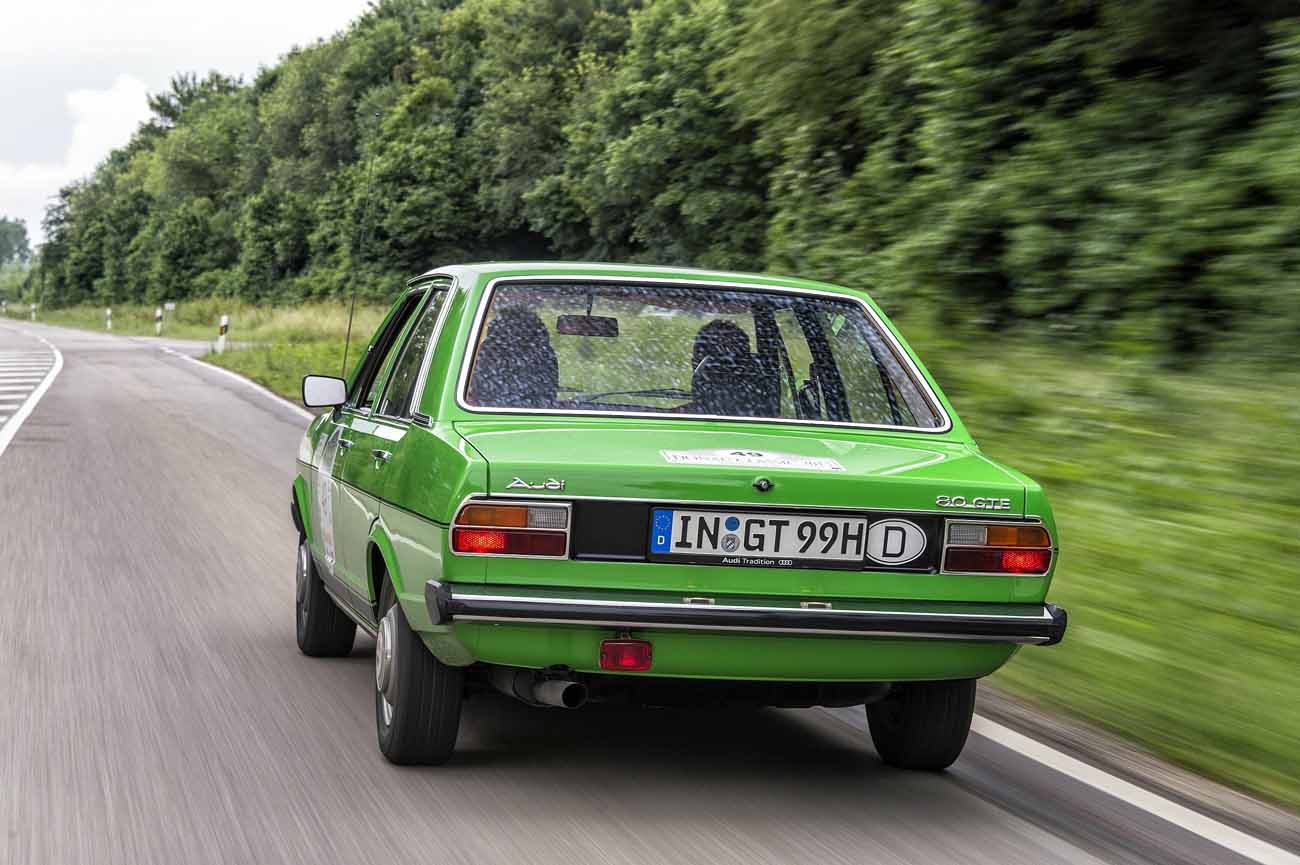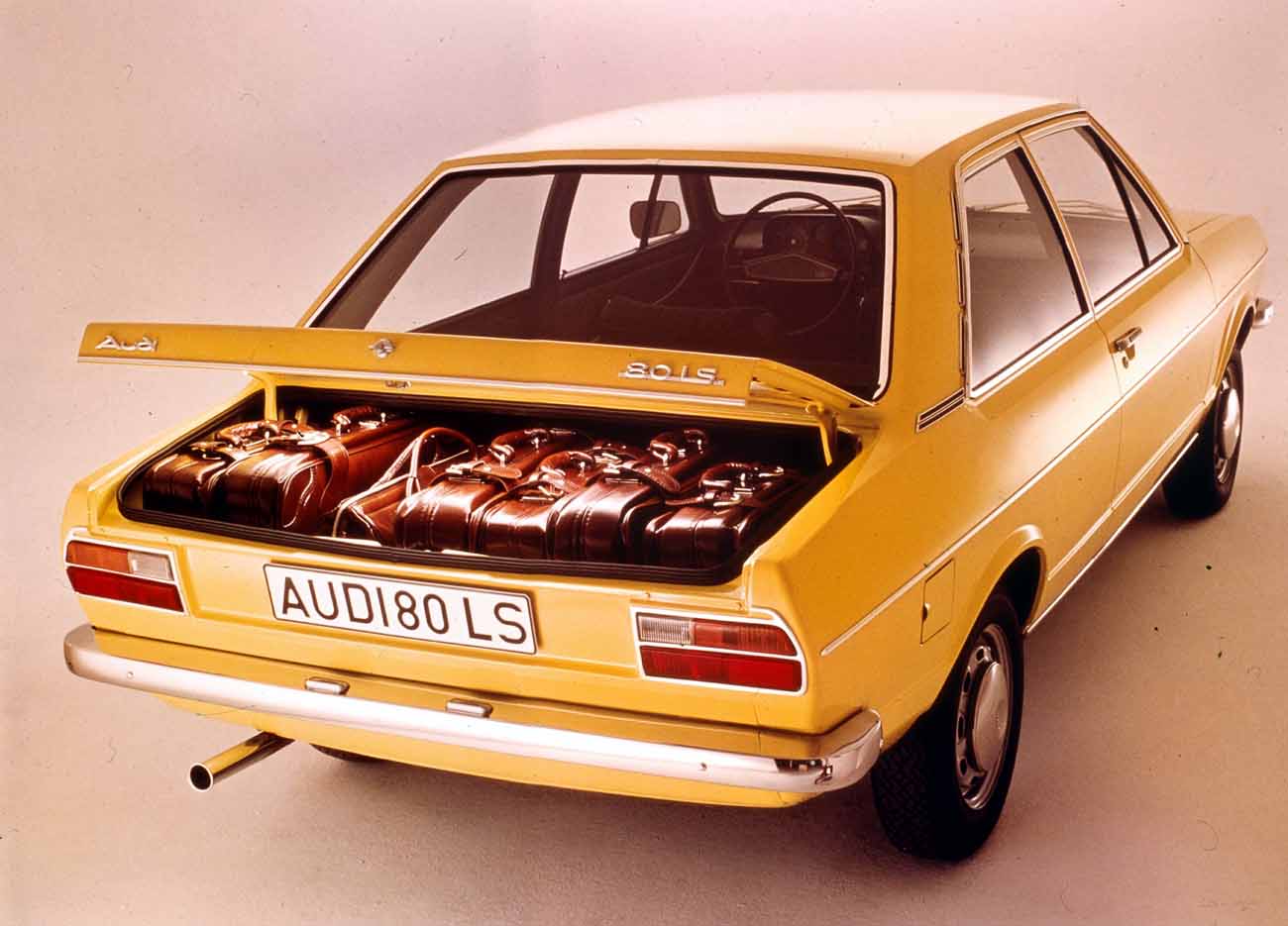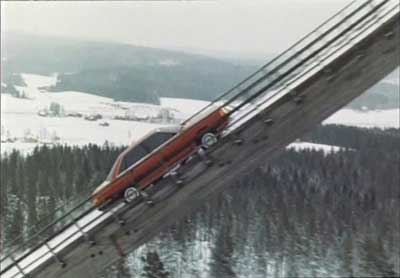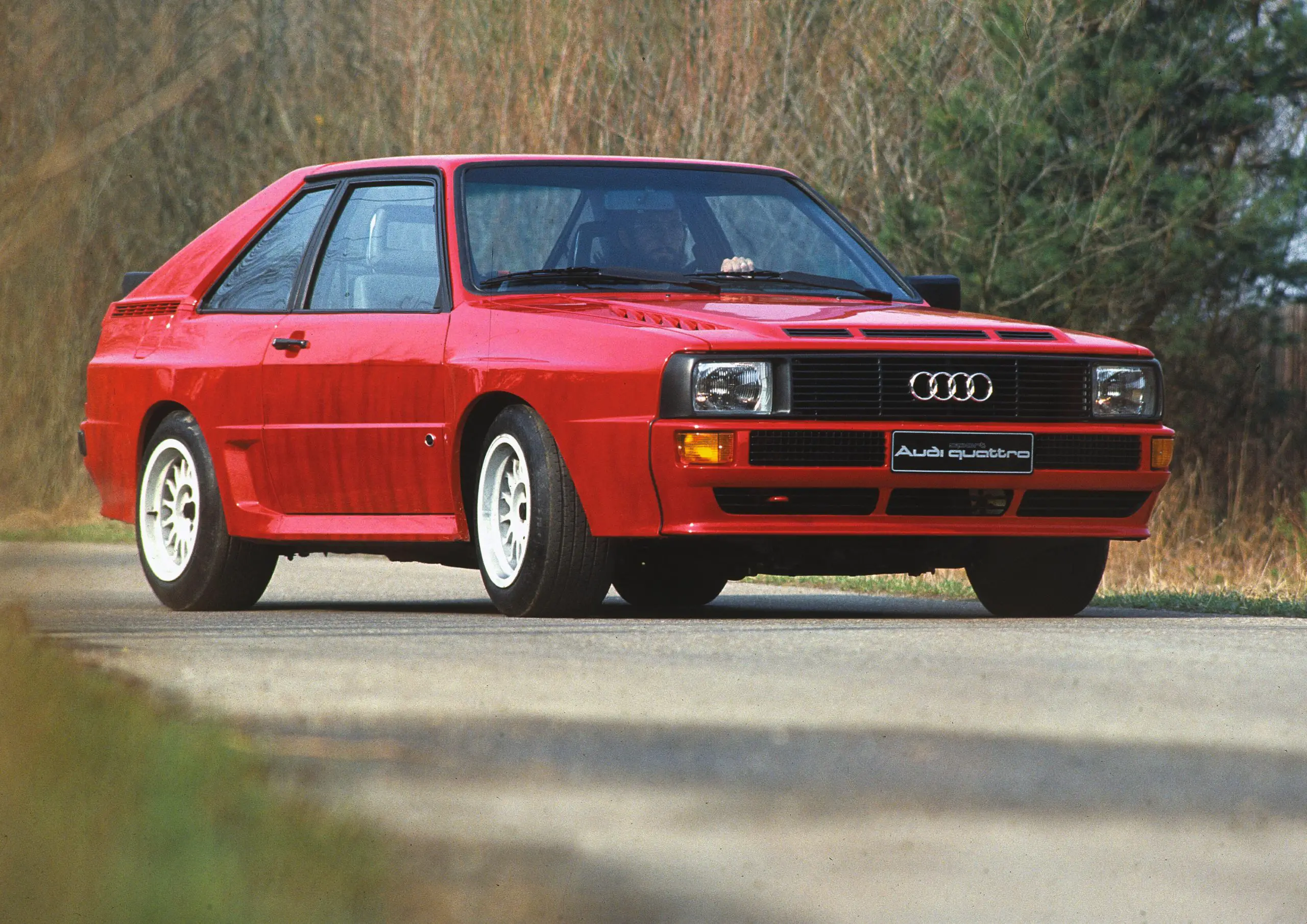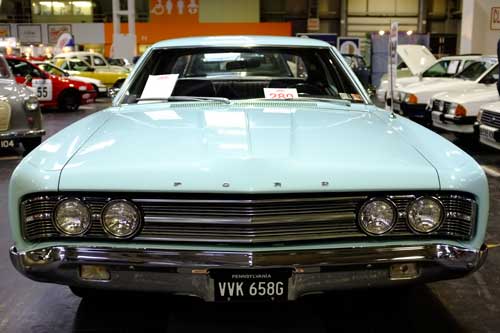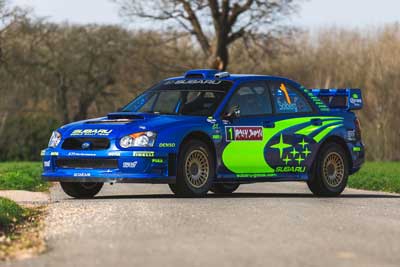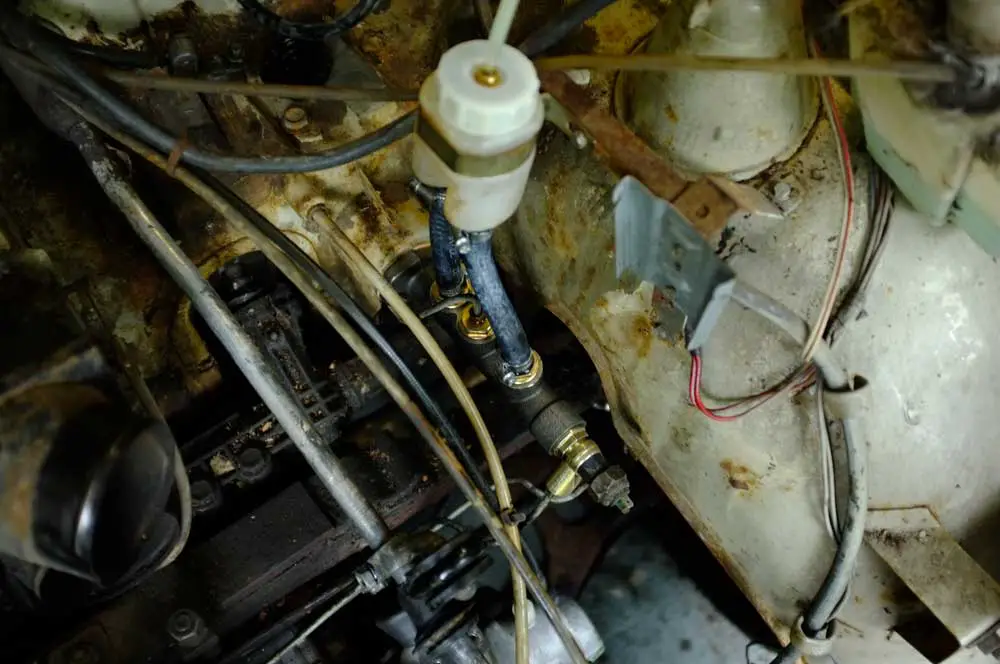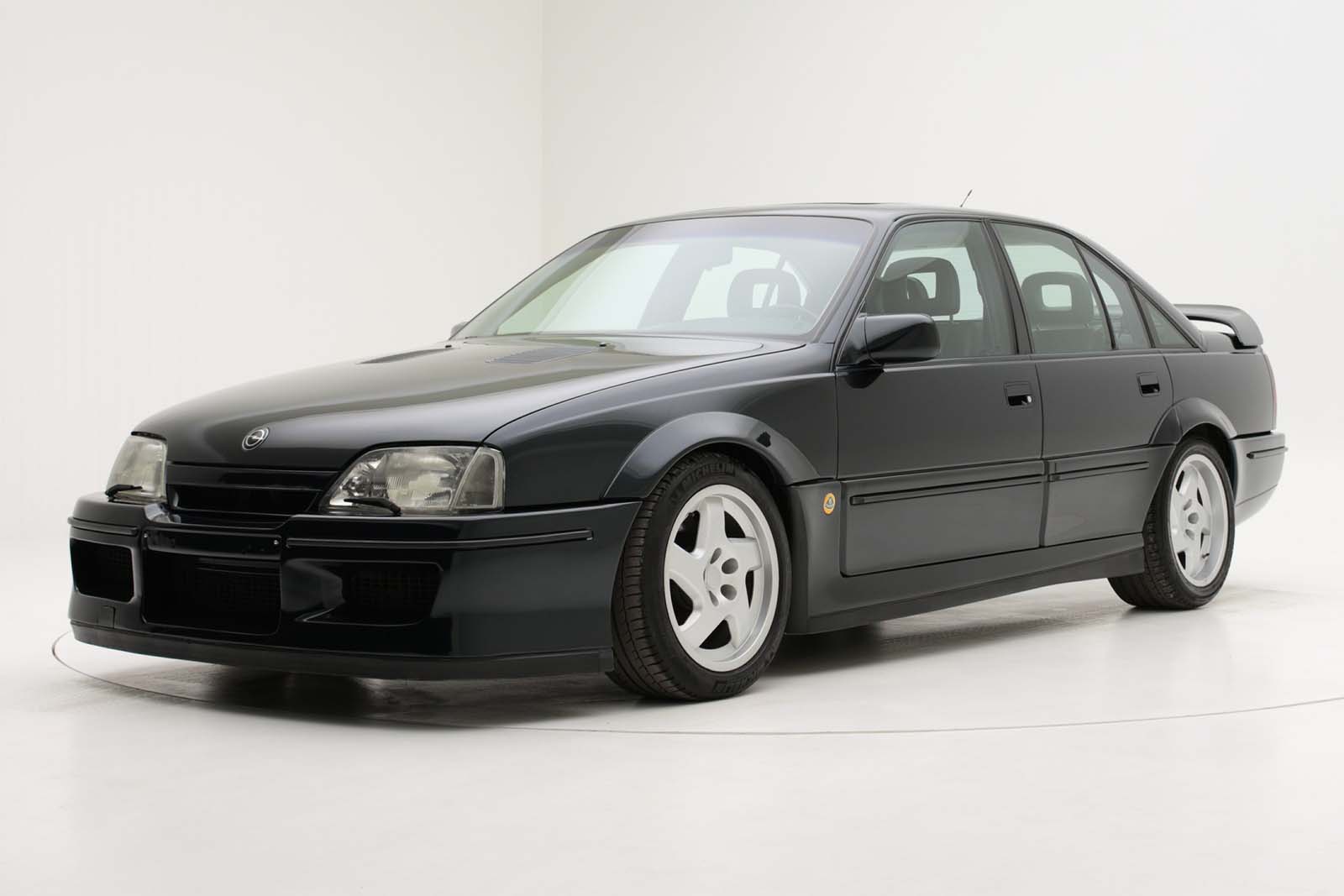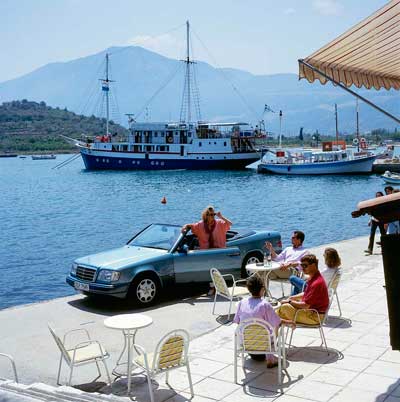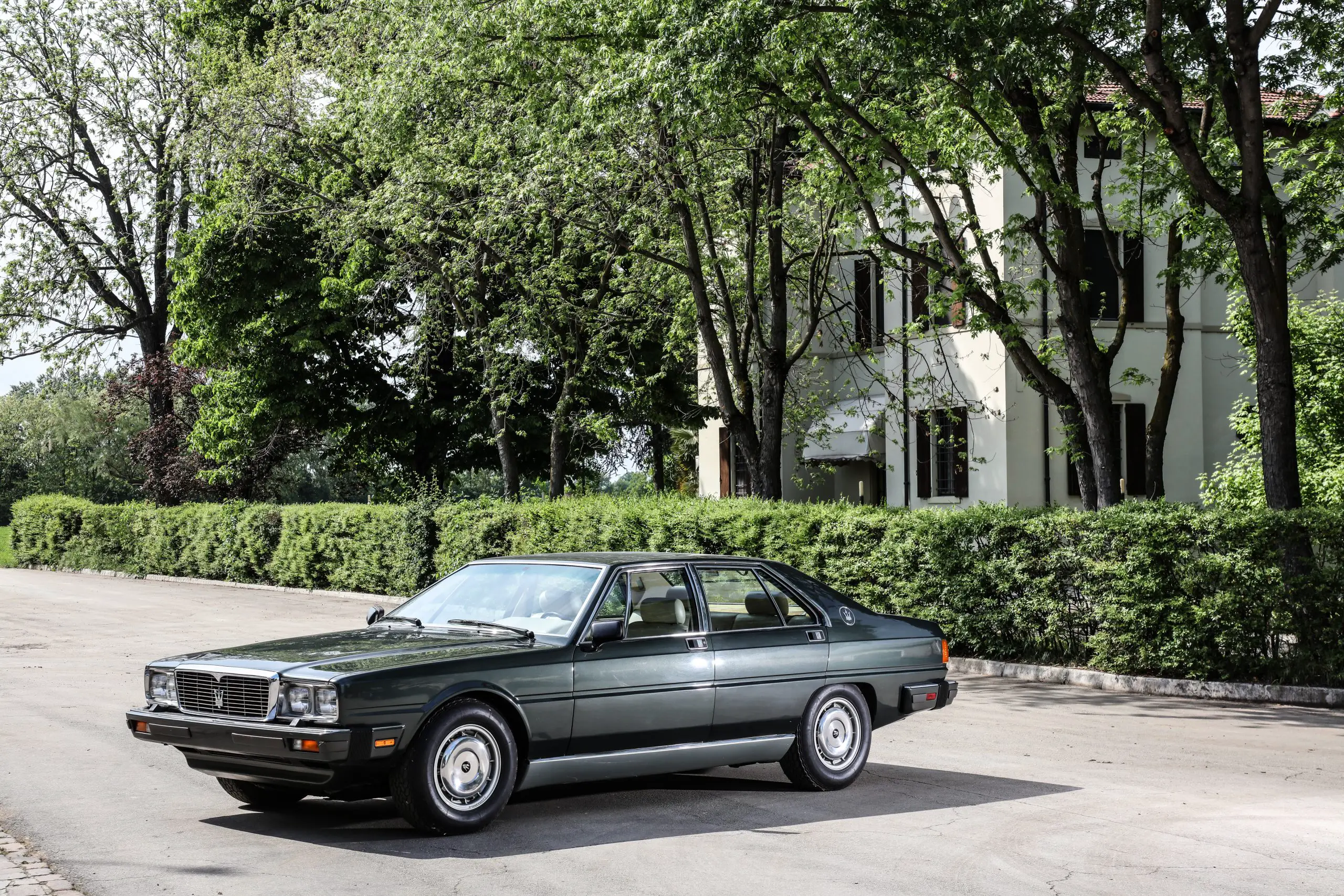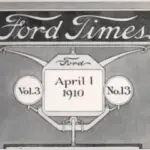
The 1972 Audi ‘Car Of The Year’ 80 B1 Launched 50 Years Ago
It was 50 years ago that Audi launched the B1 80 which would win the Car of the Year Award.
The B1 to B9 Audi 80 to A4 range have sold a combined 12.5 million to date and it all started with that first generation.
The B series of cars are very important to Audi and the introduction was a huge success. The compact saloon car didn’t just become the Audi favourite, it also helped out at VW who desperately needed a new car and the 80 formed the basis of the first generation Passat. This approach to modular design, which was not just a first for Audi, it pioneered the trend for many years to come.
Designed to be modern, but not trendy, the B1 Audi 80 was a commercial success from the 1972 launch with 1,103,766 cars built in the six year production run until 1978. the new modern family car was conceived at Audi with the agreement of new parent company VW and then head of Head of Technical Development at Audi, Ludwig Kraus, agreed in the late 1960s.
Weight reduction was a key part in the design and development of the 80, where Ludwig had every employee check each part to see if weight could be further reduced without sacrificing quality or durability.
This resulted in the 80 being extremely lightweight and impressed customers with its sporty handling and overall economy. This was a good thing as it was just in time for the oil crisis of 1973, the year it was awarded the coveted Car of the Year award. It was also a hit with the international press, really establishing Audi as an upcoming brand.
Oliver Hoffmann, Member of the Board of Management of AUDI AG for Technical Development, appreciates the achievement of Ludwig Kraus and his team: “In an impressive way, the Audi 80 demonstrates that Vorsprung durch Technik is a tradition at Audi.” The Audi 80 and its successor models have always been pioneers of major innovation.
Designer Hartmut Warkuss was responsible for helping to shape the design of the first Audi 80 in the new objectivity style of the 1970s. In 1976, Warkuss is promoted to Head of Audi Stilistics, and his influence on the design of several generations of not just the B series 80, but the C and D series cars too.
The Audi 80 was produced in four generations, B1 to B4, until 1994 / 95, when it was replaced by the Audi A4 which was known as the B5.
The car was initially presented to the media in July of 1972, and in September, which was after the Munich Olympics, to the dealers. The compact saloon picking up sales immediately, and not just in Germany. They were even built in Australia and would be sold there and in the USA as the Audi Fox.
The entry level, or base, model 2 door car weighed just 835 kg. A testimony to the focus on weight reduction during the development phase. Car makers, take note.
With a wheelbase of 2.47 m and a length of 4.18 m, the 80 was compact at the time and quite small by today’s standards.
Suspension engineer Detlef Banholzer introduces a negative steering roll radius for the first time in a European mass-produced vehicle – a design feature that greatly improves stability during braking.
Audi designed a diagonal dual circuit hydraulic braking system layout for improved safety, while the suspension comprised of a McPherson strut at the front with wishbones and a torsion crank axle with spring dampers at the rear.
Typically associated with Audi is the longitudinal, or lengthways installation of the engine ahead of the front. A four speed transmission sits behind.
There were four choices at launch, ranging from 1.3 to 1.6 litres with power outputs of 40 kW, 55 PS, up to 74 kW or 100 PS. The engine is a lively unit with an overhead camshaft with hydraulic tappets driven by a toothed belt.
Ludwig Kraus came up with further modular design ideas with the engine, allowing it to be scalable, the four cylinder OHC engine known as the EA 827 being the most widely built unit in the entire VW group.
A coupe, the Asso di Picche, concept car styled by Giorgio Giugiaro and built by coachbuilder Karmann, demonstrated the sporty potential of the B1 as early as 1973. The Audi 80 GT goes into production in 1973, before being replaced by the Audi 80 GTE in October of 1975: Its engine has a power output of 81 kW, 110 PS.
The facelift appeared in 1976 with the large rectangular headlights of the new Audi 100 and lasted until the similar B2 replacement in 1978.
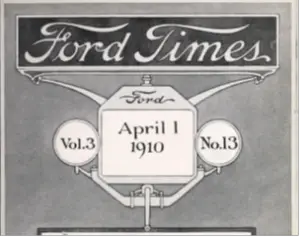
Ford’s Heritage Vault Makes The Ford Times Magazine Available To The Public
Ford’s expansion through the early 20th century was something to behold, the rapid growth of the company and the success of the Model T led
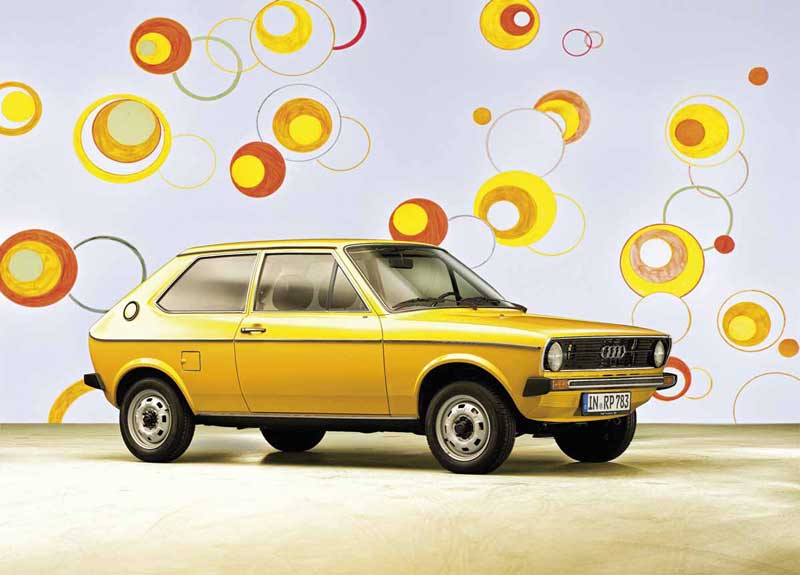
The Audi 50 At 50, Germany’s First Small Car
The Audi 50 that was the basis for the VW Polo is now 50. The small car was developed ahead of the oil crisis of
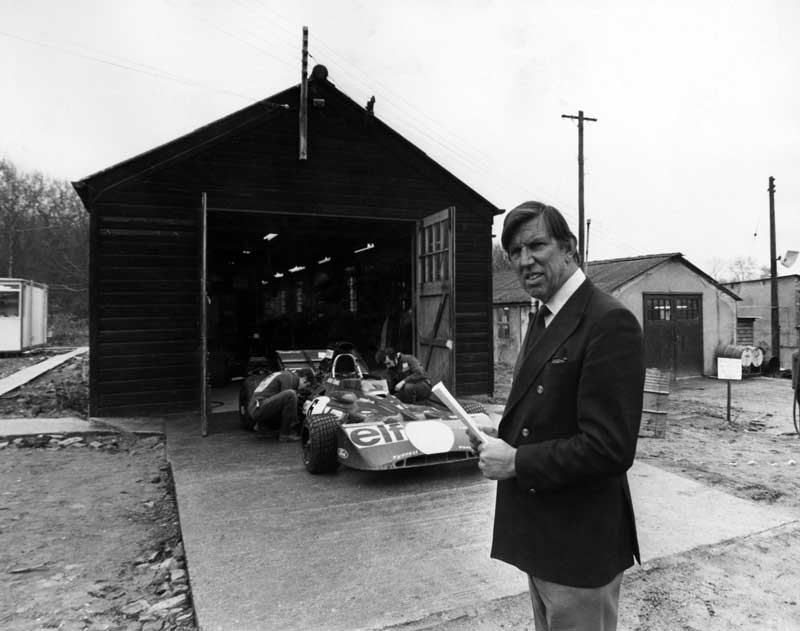
The Best Things Happen In An English Shed, Especially The Tyrrell Shed At Goodwood
The Tyrrell Shed once home of the World Championship winning Tyrrell Formula 1 team has been relocated to Goodwood and is set to open for
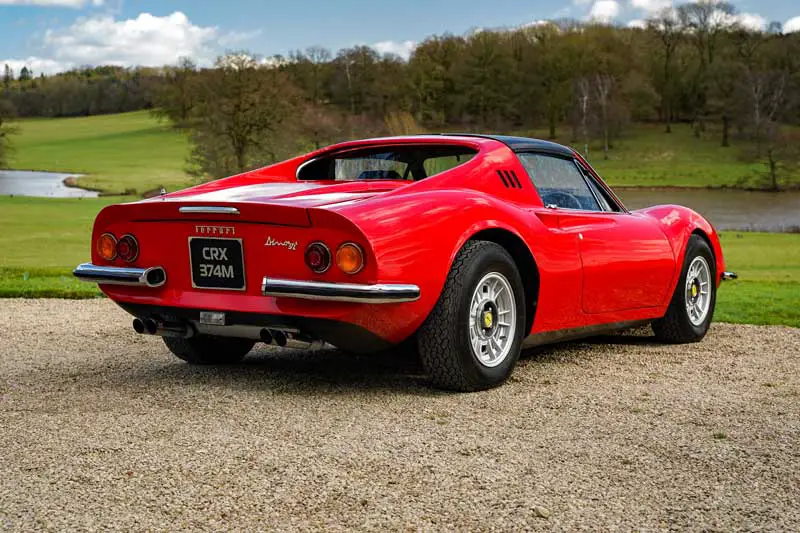
A 1973 Ferrari 246 Dino From The Manager Of Rock Legends Led Zeppelin Sold At Auction
Something of a piece of rock and roll history went for sale with the auction of Led Zeppelin manager Peter Grant’s old Ferrari 246 Dino
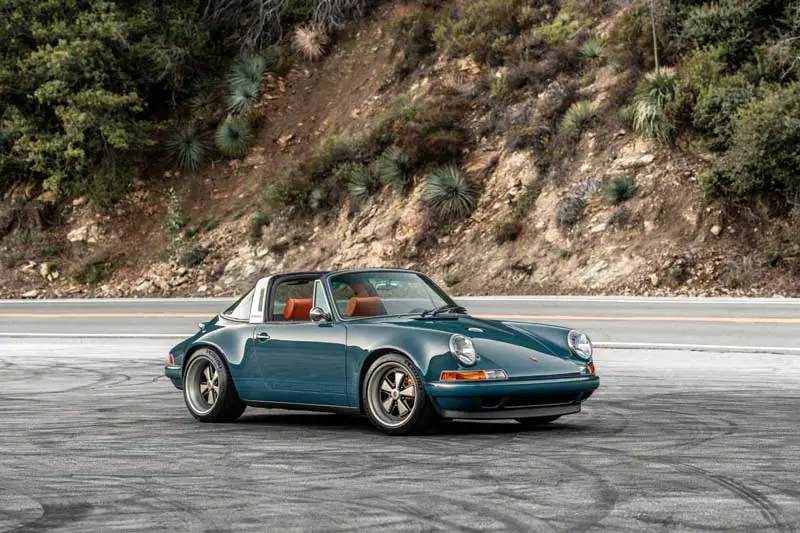
California Based Singer Has Completed Its 300th Restoration, The Sotto
Restomodders Singer have produced their 300th 911 already and it’s another964 based conversion called the Sotto. It’s almost hard to believe it was a964, though
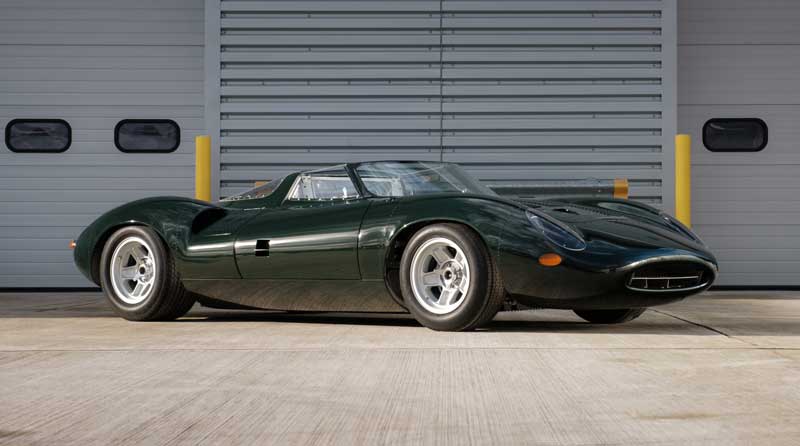
The True Spirit Of The Jaguar XJ13 Presented By JD Classics At Retromobile 2024
The masterpiece that is the Spirit of the XJ13 is unveiled at Retromobile 2024 by JD Classics of Chelmsford, England, and seen for the first
